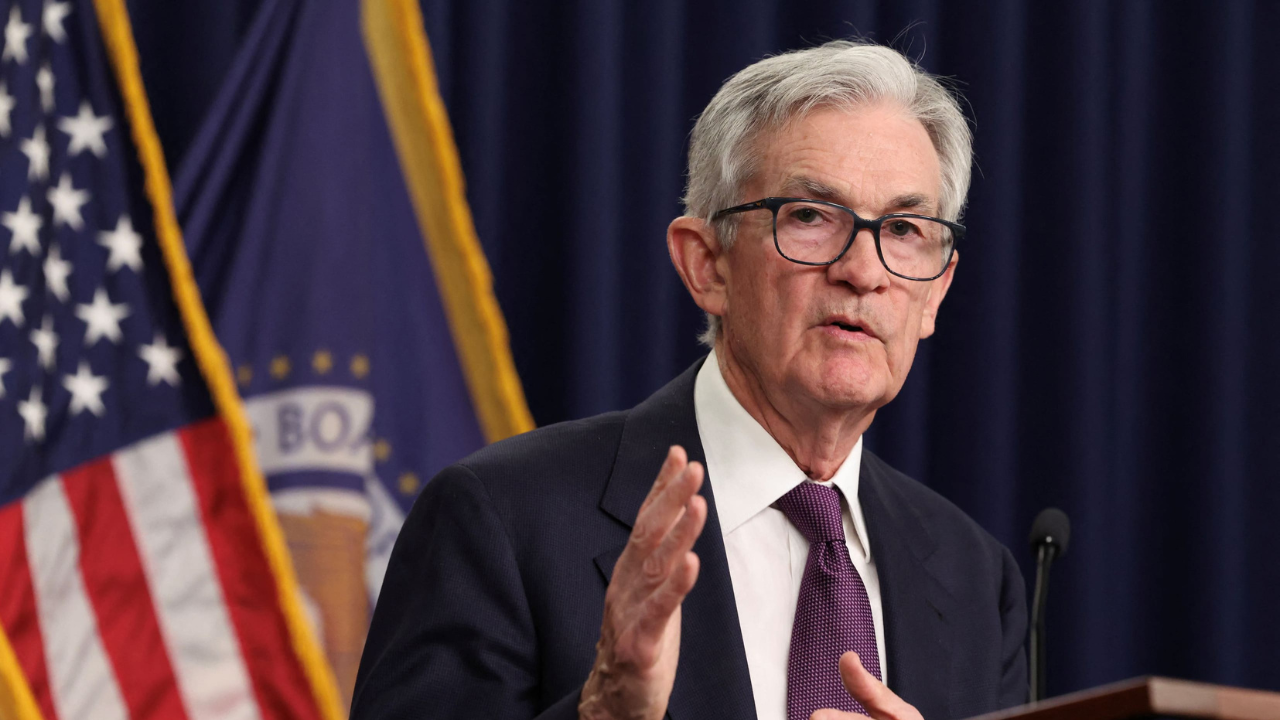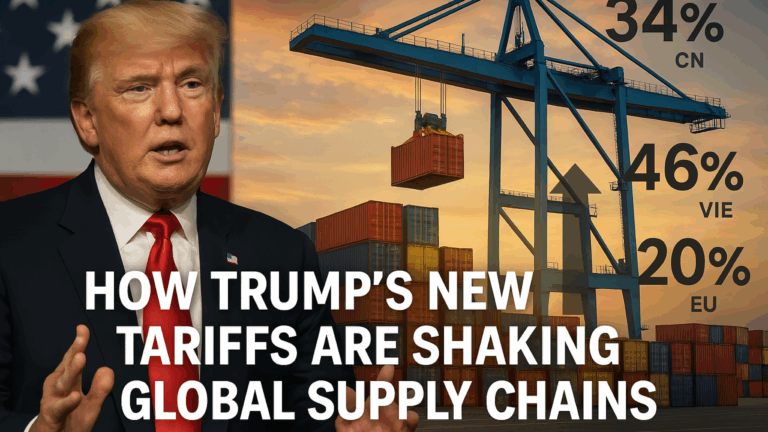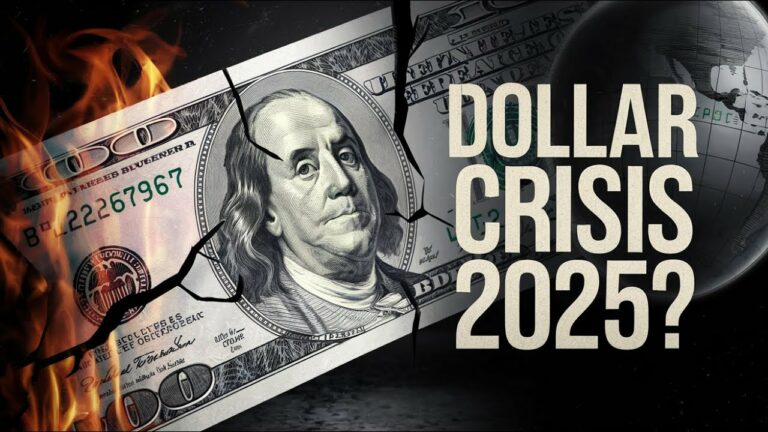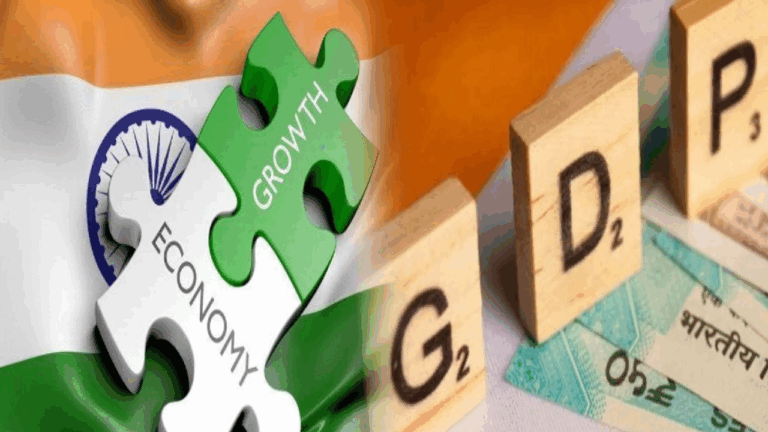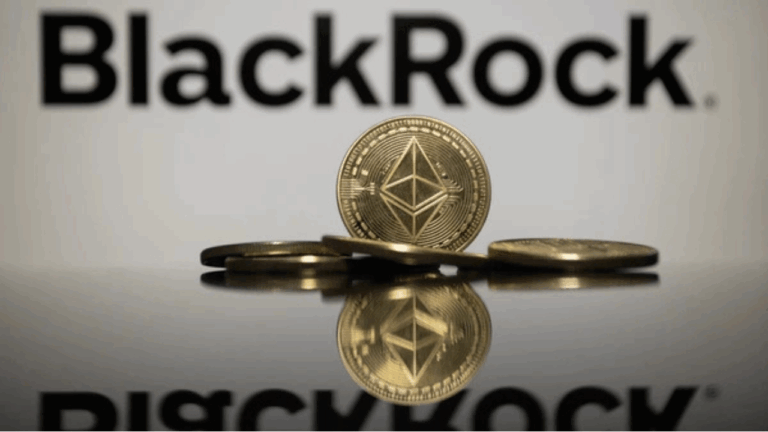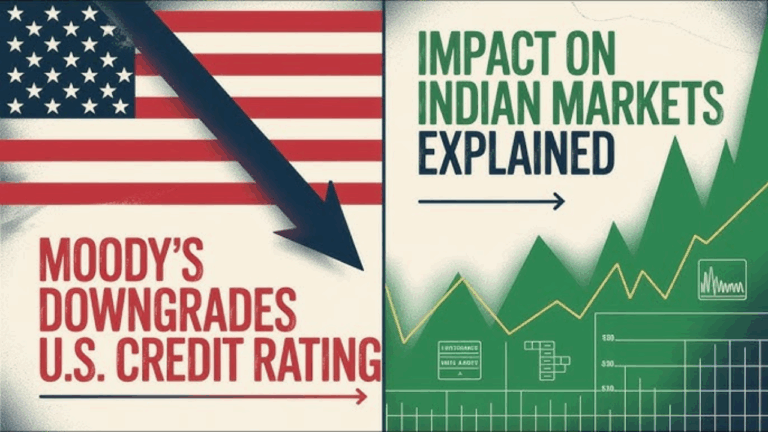Inflation and Interest Rates 2025: How Central Banks Are Trying to Balance the Economy
In 2025, inflation and interest rates are two words we hear in the news every day. Whether it’s about groceries getting expensive or EMIs going up, the decisions made by central banks around the world are affecting everyone.
Let’s understand in simple words what’s happening across the world with inflation, how central banks are reacting, and why it matters to you—even if you’re sitting in India.
What Is Inflation and Why It Matters
Inflation means the rise in prices of everyday things like food, petrol, clothes, or even rent. A little inflation is good—it shows the economy is growing. But too much inflation reduces the buying power of people.
To control inflation, central banks like the US Federal Reserve, European Central Bank (ECB), and our own Reserve Bank of India (RBI) increase interest rates. This makes loans costlier, reducing spending and controlling price rise.
But here’s the tricky part: Raising interest rates too much can also slow down the economy and lead to job losses. That’s why central banks need to strike a balance.
🇺🇸 United States: Rates on Hold but Tension Remains
In the US, inflation has come down a bit in 2025. The Federal Reserve is keeping interest rates steady between 4.25% and 4.5%. While this has helped control prices, many experts warn that high rates are also affecting businesses and homebuyers.
US President Donald Trump has even asked for rate cuts, but the central bank is being cautious. Their goal is simple—control inflation without crashing the economy.
🇪🇺 Europe: Slight Relief Through Rate Cuts
In Europe, the European Central Bank made a small move by cutting its main interest rate by 0.25% in April 2025. This was done to give relief to businesses and help with recovery after the energy crisis caused by the Russia-Ukraine war.
Prices are slowly coming under control, but the economy remains weak. The ECB says it will adjust policies based on how inflation behaves in coming months.
🇯🇵 Japan: Rising Rates, Falling Growth
Japan is in a difficult spot. After many years of almost zero interest rates, the Bank of Japan increased rates to 0.5% early this year. But the economy shrank by 0.7% in the first quarter of 2025.
While the rate hike was meant to curb inflation, it has also made growth difficult. The Japanese government is avoiding big spending or tax cuts to keep the debt in check.
🇮🇩 Indonesia: Planning to Cut Rates
Indonesia is in a better position. With inflation within target, Bank Indonesia is expected to cut interest rates soon to boost growth. Their currency, the rupiah, has also become stronger, giving them more confidence to support their economy.
Why It Matters to India
You might be wondering—why should I care?
Simple. India is linked to the global economy. When other countries raise or cut rates, it affects:
- Foreign investment in India
- Value of the rupee
- Fuel and food prices
- Gold and stock market returns
If US or Europe slows down, our exports take a hit. If global oil prices rise, petrol becomes costlier in India. That’s why RBI also keeps a close eye on global trends before changing its own policy.
What to Expect Ahead
Every country’s central bank is trying to walk a tightrope. Go too fast, and they risk a recession. Go too slow, and inflation gets out of control. The key is finding the right balance.
In India, the RBI has been successful in keeping inflation under control. But even here, loans have become expensive, and people are watching closely to see if rates will fall later this year.
Final Words
Inflation and interest rates may sound boring, but they play a big role in your life—from your grocery bill to your home loan EMI. The way central banks manage this balance affects jobs, savings, and even your future plans.
At AP News, we aim to bring such global topics in simple, understandable terms. So you always stay updated and aware.
👉 Bookmark AP News for more such World News updates that matter to you.

